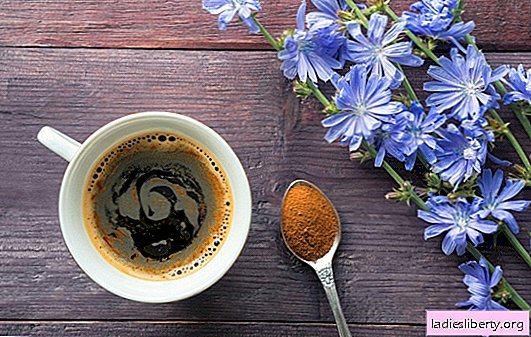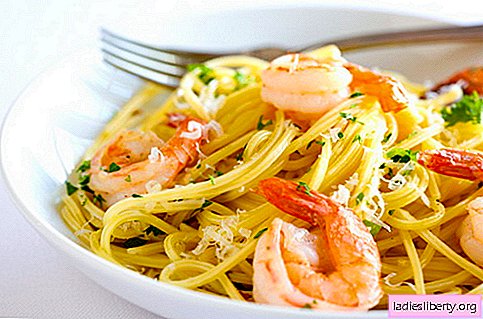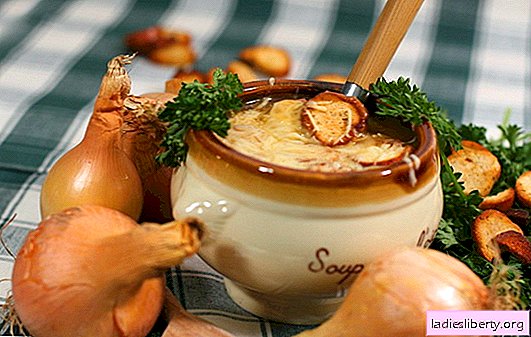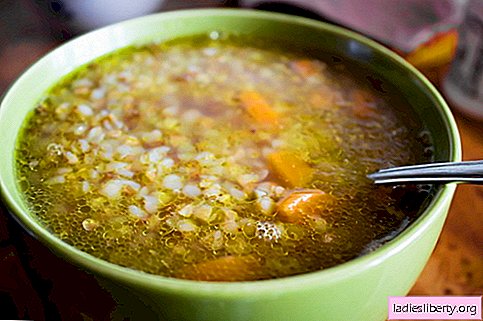
To make a model of the earth from plasticine with your own hands is a fascinating activity for a child. The process of kneading plasticine in the hands forms a part of the brain that is responsible for fine motor skills. Scientists have long proved that the development of fine motor skills significantly affects the development of a child’s speech, so sculpting from plasticine is not only interesting, but also useful.
Therefore, today's master class is dedicated to modeling from plasticine or how to make planet Earth with your own hands at home.
DIY hollow clay land
If you have little clay, and you want to make a big planet, do not despair. In order to create a large model of the earth and not use a lot of plasticine, you will need the following materials: a balloon, a lot of paper (you can use old paper or newspaper), PVA glue, a teaspoon of vegetable oil and plasticine.
Stock up with different colors of plasticine, but the most basic ones that you should have in abundance are colors: blue or blue, green, brown or yellow, as well as white. If you want to work with the blue color of plasticine, and you only have blue, do not despair. Mix the blue and white plasticine into a homogeneous mass, and you get a blue color.
Stage 1
Inflate the balloon and tie. Do not make the ball too large and elongated. It should turn out as round as possible. Coat its surface with vegetable oil.
Stage 2
Tear the paper into small pieces of no more than 2? 2 cm. And glue the ball in one layer. The newspaper will hold well on vegetable oil, so glueing the first layer of paper with glue is not necessary.
Now glue the ball with paper in the second and third layer, greasing each piece of paper with PVA glue and gluing it to the bottom layer. Try to ensure that the paper is evenly distributed, does not create tubercles and depressions.
Important: after the third and last layer, let the ball dry completely. To do this, put it on a warm battery and leave it there for a day. To make the ball strong and not afraid of inaccurate finger presses, make 5 or 6 evenly glued paper layers on it.

Stage 3
After the paper is completely dry, you can burst the balloon and take it out. Seal the resulting hole.
Stage 4
At this stage, pencil marks the areas on which land areas will be located, and where water.
Stage 5
Next, the paper model is pasted with plasticine by smearing and stretching it on the surface. Where the land is drawn, a piece of plasticine of brown, green or yellow color is glued, and where the water is blue or blue. Do not forget about the white glaciers that are located at the poles of the planet.
If you want to visually complicate the work, create the effect of cities, forests and deserts. To do this, first apply a green layer of plasticine with an even layer, and then other colors are dotted in small areas.
DIY plasticine earth model with core and mantle

In the process of creativity, the child will be able to easily remember what our planet consists of, because this model of the earth will be from plasticine. Have all the components. This model will have a core, an outer core, mantle, crust, water and land.
For this craft, you will need a lot of clay of different colors, which will lay down in layers, starting from the core and rising to water and land. Each layer should have its own color. The core should be the brightest yellow, above the outer layer is a darker yellow hue, the mantle is orange, the crust is brown, the water is blue or blue, and the land is green.
Stage 1
A mockup of the planet begins to be created from the core, so at this stage, roll a ball of yellow plasticine, this will be the core. Take the remaining yellow plasticine and mix a small piece of red, orange or brown plasticine into it.
Stage 2
Roll the resulting plasticine with a cloth and wrap the core in it so that the top layer lies evenly. It should cover the core over the entire surface with the same thickness. This layer is called the outer core.
Stage 3
One layer above the outer core, the third layer is the mantle of the planet. A darker color is selected for the mantle, a transition between yellow and brown. It is desirable that it be orange.
Roll out a layer of plasticine for the mantle of the planet with a canvas and wrap an existing lump in it. The mantle is three to four times thicker than the core or the outer core; therefore, the plasticine layer should be thicker than the previous one.
Stage 4
At this stage, our improvised planet is wrapped in a layer of the earth's crust, which should be made of brown plasticine. Usually this color is in the standard plasticine packaging, but if not, it can be done. For a dark brown color, mix a piece of black, red and yellow in a homogeneous mass.
Roll out the resulting shade with an even cloth. Only it should be much thinner than the previous layers. Wrap them with a model of the earth evenly and without gaps.
Stage 5
This is the final step in creating layers. The uppermost layer of earth from plasticine with your own hands will be a layer of blue water. Roll out a layer of blue or blue plasticine thick, as in the previous step, and wrap it with a layout.
Stage 6
Glue pieces of land on the planet’s surface in the form of green and brown-yellow spots, as well as white spots of snow-covered poles. Do-it-yourself clay model of the earth is ready.

Now it can be cut so that everyone can see what layers our planet consists of. This can be done with a thread or knife. Cut exactly in half to cut the core inside the layout.
Also, if you want to show the inner layers of the layout, you can not cut the planet in half, but cut out a triangle from it with a recess inward to the center.

DIY earth made of plasticine on an orange
This model of the earth is done on an already finished round surface. To do this, any ball in your home is suitable. Even a fruit, such as an orange or grapefruit, can fit the description. Also, for work you will need plasticine blue, green, yellow, brown and white.
Stage 1
Clean the surface of the ball or fruit of grease, dust and wipe dry.
Stage 2

Draw on its surface with a pencil, marker or ballpoint pen an outline of the location of land and glaciers.
Stage 3
Paste plasticine over the ball, choosing green for the land, and blue or blue for water. Apply plasticine, smearing small pieces on the surface in one direction with your fingers. Designating the land, glue and first place a green piece of plasticine, and then add yellow and brown to it pointwise.











